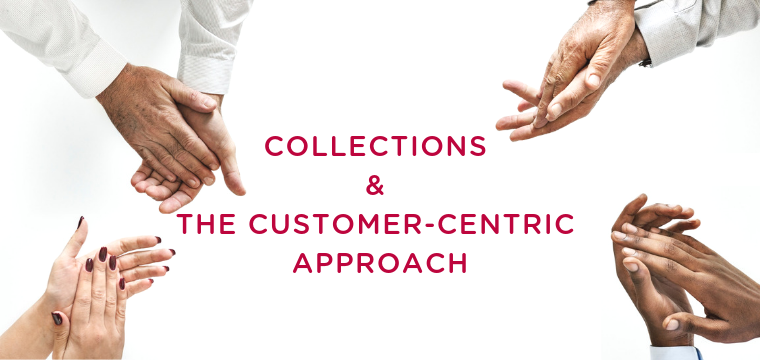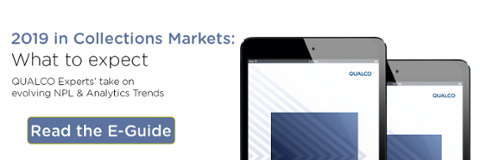Collections and the customer-centric approach
QUALCO |
Collections practices have changed significantly in the past decade, with increasing recognition that fair treatment of consumers is more effective, together with a regulatory drive to ensure standards rise. This theme is set to continue and spread to emerging markets.
Collections business in most jurisdictions are facing pressure to improve the experience consumers have on the debt collection journey. While regulation has pushed standards of compliance higher, businesses themselves are seeking to compete on this level, offering lenders the security of excellent service to their customers, reducing the regulatory risk and enhancing reputation and collections success.
Some of this push is digital in nature, with businesses alert to the preference of some customers for digital. Self-service systems for both clients and consumers will be a focus in 2019. More and more businesses are offering these capabilities.
It is worth noting that different markets accept different levels of digital engagement. For example, What’s App is becoming an accepted and established mode of communication for collections in some countries. This is not the case in other jurisdictions.
Collection systems need to offer an increasing amount of functionality through mobile and web channels. Therefore, mobile applications and web interfaces will have to become richer in function in 2019 and be able to handle larger volumes securely. This is a key part of planned product development by QUALCO this year.
The trend of treating customers with more empathy: establishing a long-term relationship and providing solutions that meet their ability to pay, is certainly set to continue – a major regulatory focus across all territories.
In more mature markets regulation and campaigns are already in place to improve the treatment of consumers in debt. In the UK this is moving further from financial services ‘regulated’ debts to public sector and utilities debt, which are not currently subject to the same level of regulation.
There will also be more sharing of Income & Expenditure (I&E) information between collections organisations. There is increased recognition that sharing I&Es is in the best interests of the customer in a number of ways: such as reducing the length of multiple creditor calls and ensuring that there is one version of the individual’s situation.
This could lead to moves to a more central repository-type model. Having a central bank of income and expenditure information would significantly cut the time it takes collections teams to gather financial information on individuals and restructure their accounts as well as reducing the burden on the consumer.
Open banking will also be a hot topic in the coming years, with banks in the UK already required to open up their APIs and the rest of Europe to follow in 2019 when technical standards around the EU’s second Payment Services Directive (PSD2) are finalised.
Initially this is likely to focus on front-end customer acquisition and cross-selling. However, the potential of open banking to transform other sectors is huge. It could improve the way collections teams amass the information they need to set up payment plans with indebted consumers. There will likely be greater interest in API connectivity to both client platforms and DCAs, enabling real-time data access and sharing.
Gaining consumer confidence is a key step for open banking advocates as progress relies on persuading them to share their information. Those with positive customer relationships are more likely to achieve this engagement.
Putting the consumer at the heart of the collections process requires change in the collections industry. A large part of that comes from effective use of analytics, allowing teams to tailor their approach and maximise their success in engaging with individuals in debt.
At QUALCO we have these concerns foremost when designing our technology and products.
For more information read our E-Guide: 2019 in Collections Markets: What to Expect.

